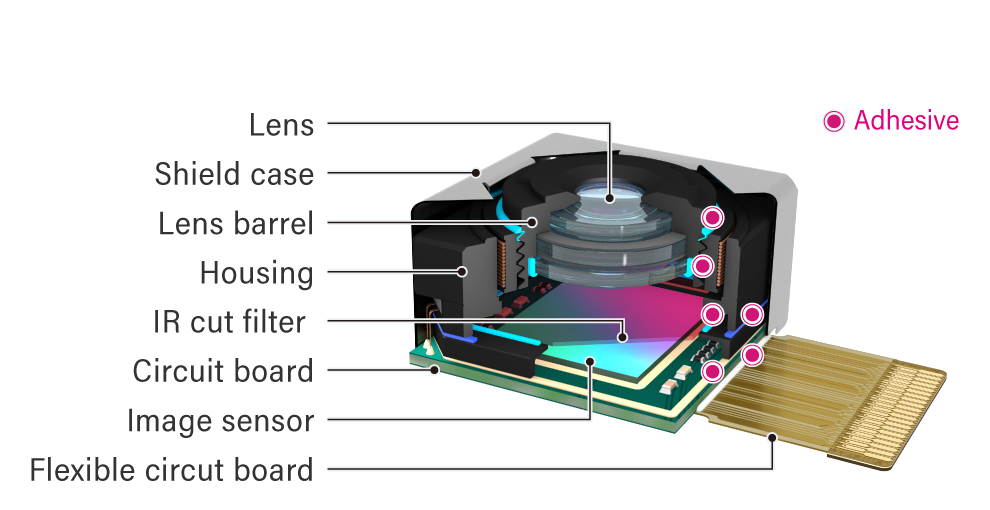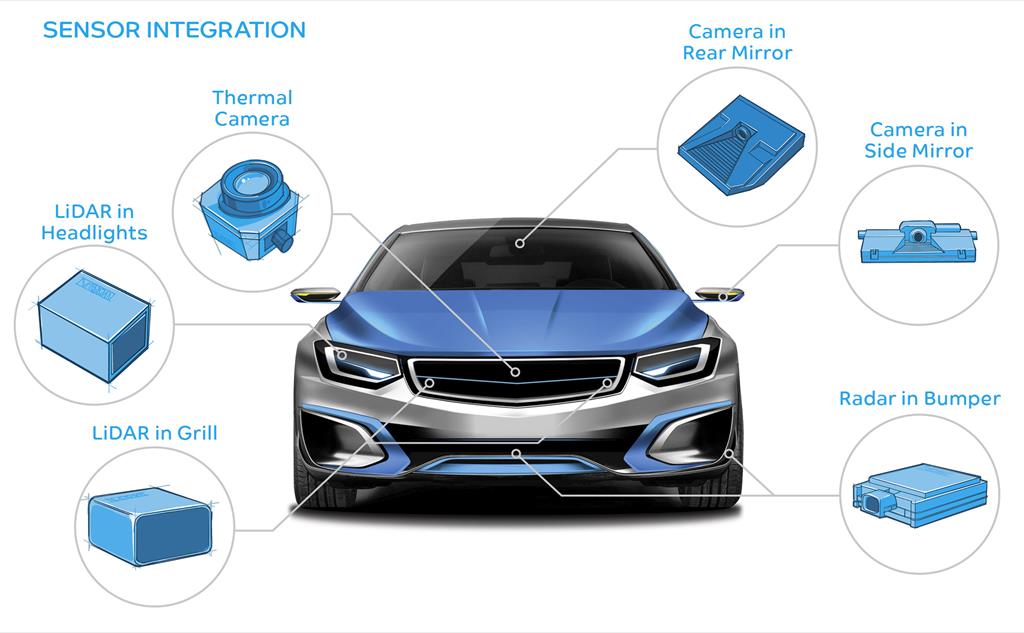Purpose
CMOS sensors have revolutionized digital imaging. This article will explore how they work, where they're used, and how they compare to alternative technologies like CCDs.
Definition
CMOS stands for Complementary Metal-Oxide-Semiconductor. A CMOS sensor is an integrated circuit that captures visual data and converts it into electronic signals. They're commonly used in cameras, smartphones, and machine vision systems.
- Example: The camera sensor in an iPhone or DSLR is likely a CMOS sensor.
How CMOS Sensors Work
Each pixel on a CMOS sensor contains a photodiode and an amplifier. When light hits the pixel, it generates electrons. These are then converted to voltage, amplified, and read out — all at the pixel level.
- On-chip processing: Enables faster data readout and reduced power consumption.
- Random access: Allows individual pixel data to be read without scanning the entire sensor.
CMOS vs CCD
CCD (Charge-Coupled Device) is an older image sensor technology. Here's a quick comparison:
| Feature | CMOS | CCD |
|---|---|---|
| Power Efficiency | High | Low |
| Speed | Fast readout | Slower |
| Cost | Lower | Higher |
| Image Quality (Noise) | Improving rapidly | Traditionally better |
Applications
CMOS sensors are everywhere due to their scalability and performance:
- Smartphones
- DSLRs and Mirrorless Cameras
- Medical imaging equipment
- Automotive cameras (ADAS systems)
- Industrial machine vision
--- CMOS in Action ---

Smartphone CMOS Sensor Module

ADAS Camera Integration
Advantages and Challenges
CMOS technology brings important benefits, but also some challenges:
- Pros: Low power, compact size, high speed, integration with logic circuits.
- Cons: Susceptibility to noise, rolling shutter effects in fast motion.
Future Trends
The next generation of CMOS sensors will integrate more AI processing directly on-chip. Other trends include:
- Back-illuminated and stacked CMOS designs for better light capture
- Global shutter capabilities to eliminate motion distortion
- Quantum efficiency improvements
Conclusion
CMOS sensors are at the heart of modern digital vision. Their low power requirements and integration capabilities have made them essential in both consumer and industrial markets.
- They’re the standard choice for nearly all consumer imaging devices today.
- Technological improvements are rapidly closing any gaps that once existed with CCDs.